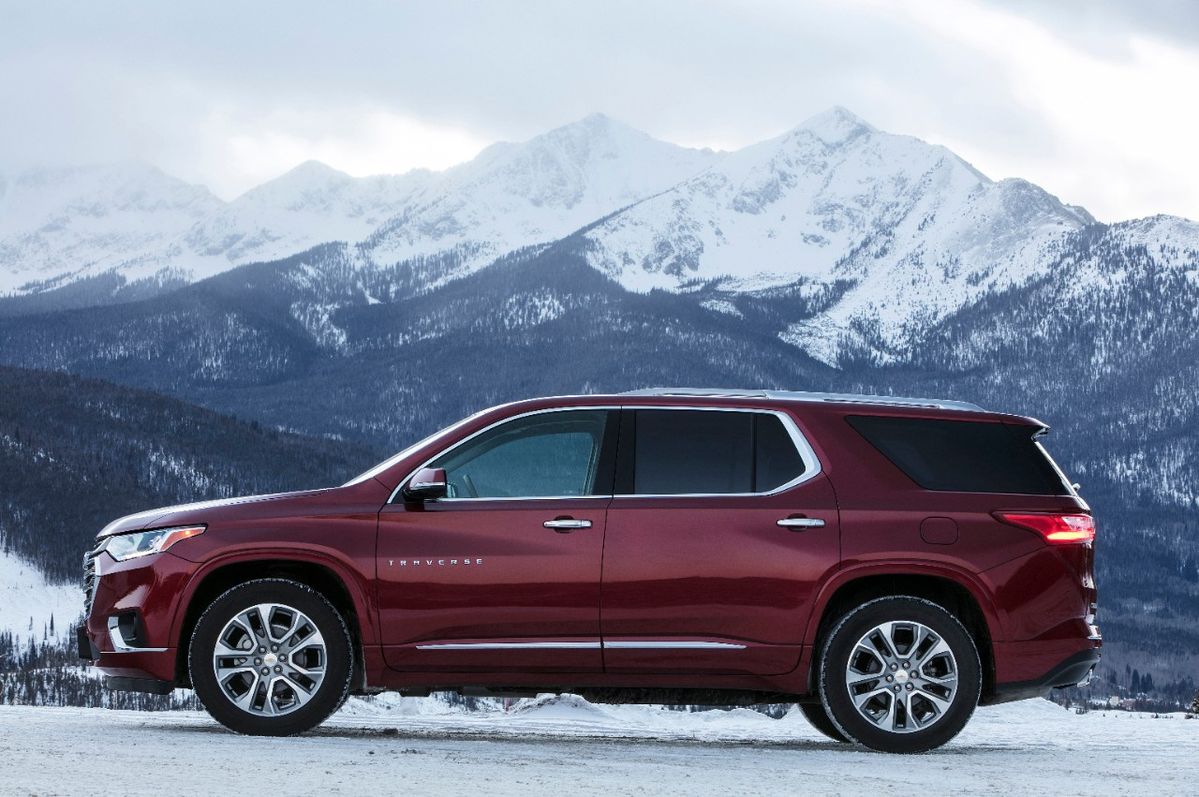Fuel quality is an often-overlooked but utterly crucial factor in your SUV’s performance and longevity. While many drivers fixate on horsepower, towing capacity, or tech packages, a surprising number forget that what goes into the tank can either make or break your engine over time.
Premium fuel costs can add up quickly, and if you’re in a region where only 87-octane is easily available, you’re left wondering—will my SUV even tolerate it without knocking, pinging, or choking on poor combustion timing?
Not all SUVs are created equal when it comes to fuel tolerance. Some are forgiving beasts—designed with practical compression ratios and robust engine mapping that adapts to lower octane without a hiccup. Others? They’ll remind you instantly that they crave 91 or higher by rattling their pistons in protest.
As someone who has experimented across brands, from gas-guzzling American tanks to refined Japanese precision machines, I’ve seen what engines thrive on low-octane—and which absolutely do not.
In this write-up, we’ll cover five SUVs that won’t complain if you feed them regular 87-octane fuel and five that’ll make a scene with pinging, reduced power, or worse. Whether you’re an everyday commuter or a weekend off-roader, knowing this can save your engine—and your wallet.
5 SUVs Forgiving of Low-Grade Fuel
These five SUVs are champions when it comes to fuel tolerance. Whether it’s clever ECU mapping or old-school rugged engines, they won’t throw a tantrum when you pull up with 87-octane at the pump.
They’re engineered for the real world, where not every fuel station stocks premium, and they get you from A to B without complaint, all while delivering dependable performance and reliability.
ALSO READ: 5 Cars That Never Have Software Glitches and 5 That Need Constant Updates
1. Toyota RAV4
The Toyota RAV4 has long been praised for its reliability, but one unsung hero trait is how incredibly well it handles low-octane fuel. The 2.5L Dynamic Force engine doesn’t just tolerate 87-octane—it was engineered to thrive on it. No pinging, no power dips, just smooth acceleration every time.
Thanks to a modest 13:1 compression ratio and Dual VVT-i (Variable Valve Timing with intelligence), the RAV4 adapts seamlessly to fluctuations in fuel quality.
Its fuel injection system (a combination of port and direct injection) manages combustion temperatures well, meaning no knock even under load. Whether you’re idling through traffic or merging onto a highway, the RAV4’s engine response stays consistent.
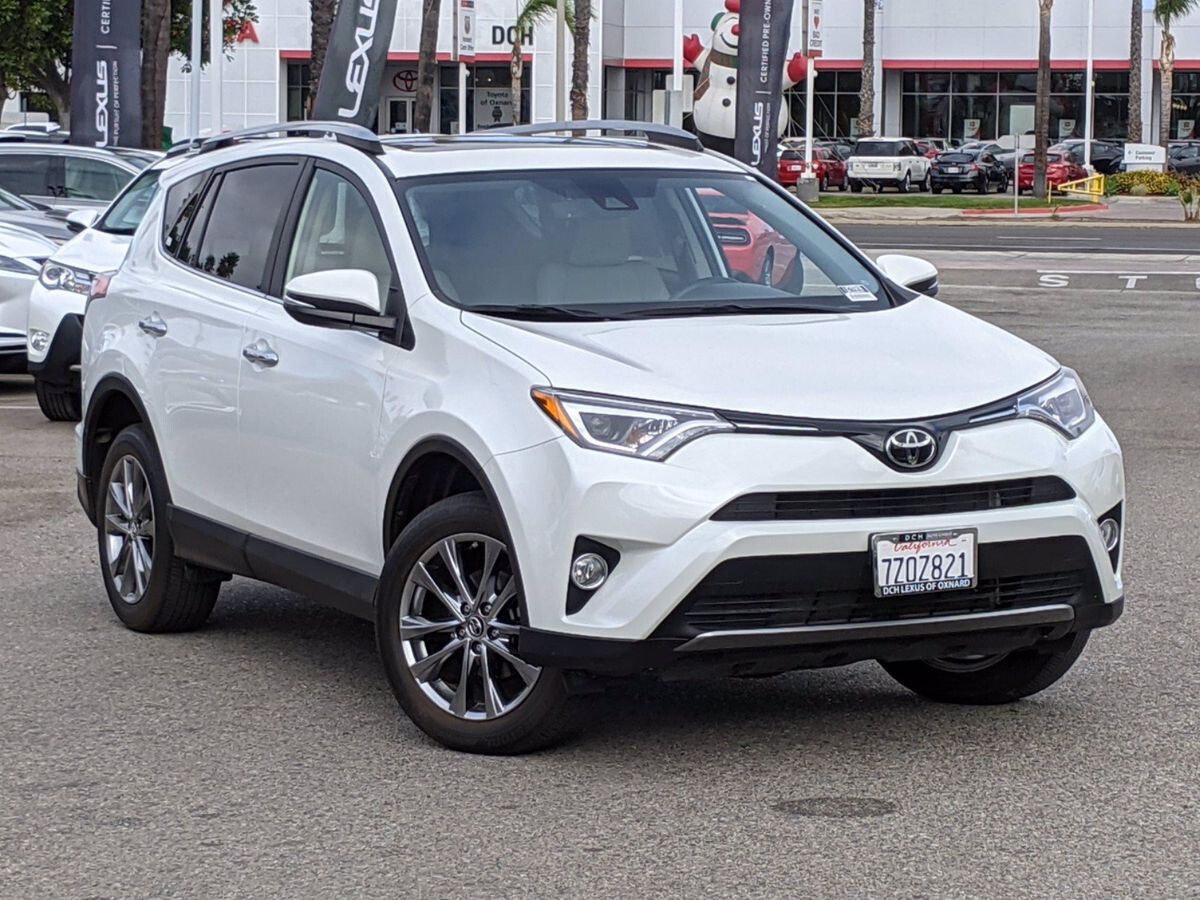
I’ve personally driven a RAV4 from the hills of Himachal to the plains of Gujarat with regular 87-octane. No sputtering, no hiccups—just consistent output. That makes it perfect for long road trips where fuel station quality varies.
Fuel economy also stays strong, hovering around 28–30 mpg combined without any detonation risk. So for those of us who don’t want to play fuel roulette with our daily driver, the RAV4 is a prime pick. It’s one of those “fill it and forget it” rides that lives up to Toyota’s legacy of bulletproof engineering.
2. Honda CR-V
Another favorite of the pragmatic driver—the Honda CR-V isn’t just dependable, it’s shockingly forgiving when it comes to low-octane fuel. Powered by a 1.5L turbocharged inline-4 in most trims, the CR-V’s fuel mapping is designed to accommodate regular 87-octane, even with a turbo under the hood.
Honda’s Earth Dreams Technology blends turbo efficiency with real-world usability. With a relatively tame 10.3:1 compression ratio and precise electronic ignition timing, the CR-V avoids the dreaded ping even under throttle-heavy situations. While some turbo engines knock on 87-octane, this one plays nice.
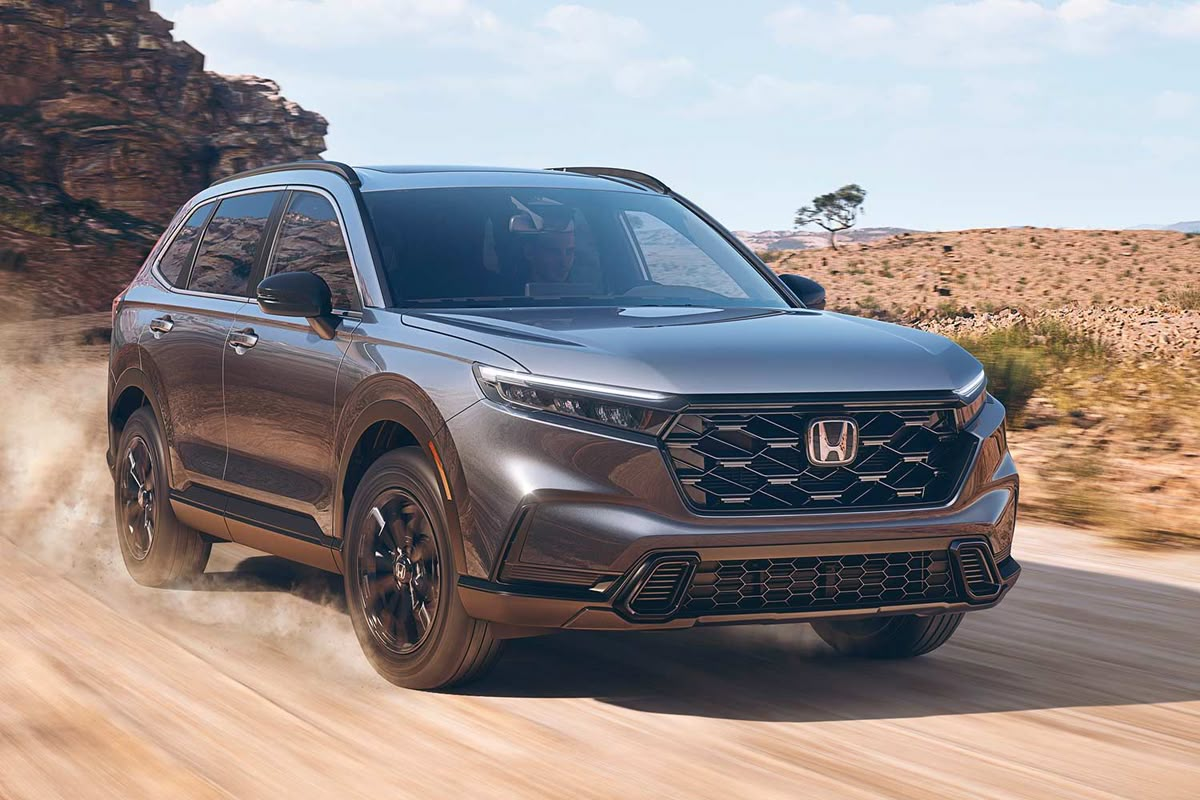
I’ve put this SUV to the test—urban driving, long idles, high-speed stretches, and stop-and-go chaos—with nothing but regular gas in the tank. Not once did I hear any valve clatter or feel performance degrade. Honda’s knock sensors are finely tuned, pulling timing subtly if needed without noticeable loss in drivability.
Add to that a combined fuel efficiency of around 30 mpg, and you’ve got a budget-friendly SUV in both maintenance and fuel costs. CR-V buyers usually prioritize reliability and comfort, but the cherry on top is its ability to safely and confidently run on the cheapest fuel available.
If you’re someone who doesn’t want to overthink what gas you’re putting in every week, the CR-V won’t let you down.
3. Subaru Forester
The Subaru Forester is the outdoor adventurer’s SUV—and it’s built for places where premium fuel might be a luxury. Powered by a 2.5L naturally aspirated flat-four (Boxer) engine, this rugged AWD machine doesn’t just manage on regular gas—it prefers it.
With an 11.0:1 compression ratio and conservative ignition timing, the Forester’s engine management system handles 87-octane without blinking. Subaru knows their buyers—campers, skiers, hikers—and they knew this SUV needed to run even in remote spots where high-grade fuel is scarce.
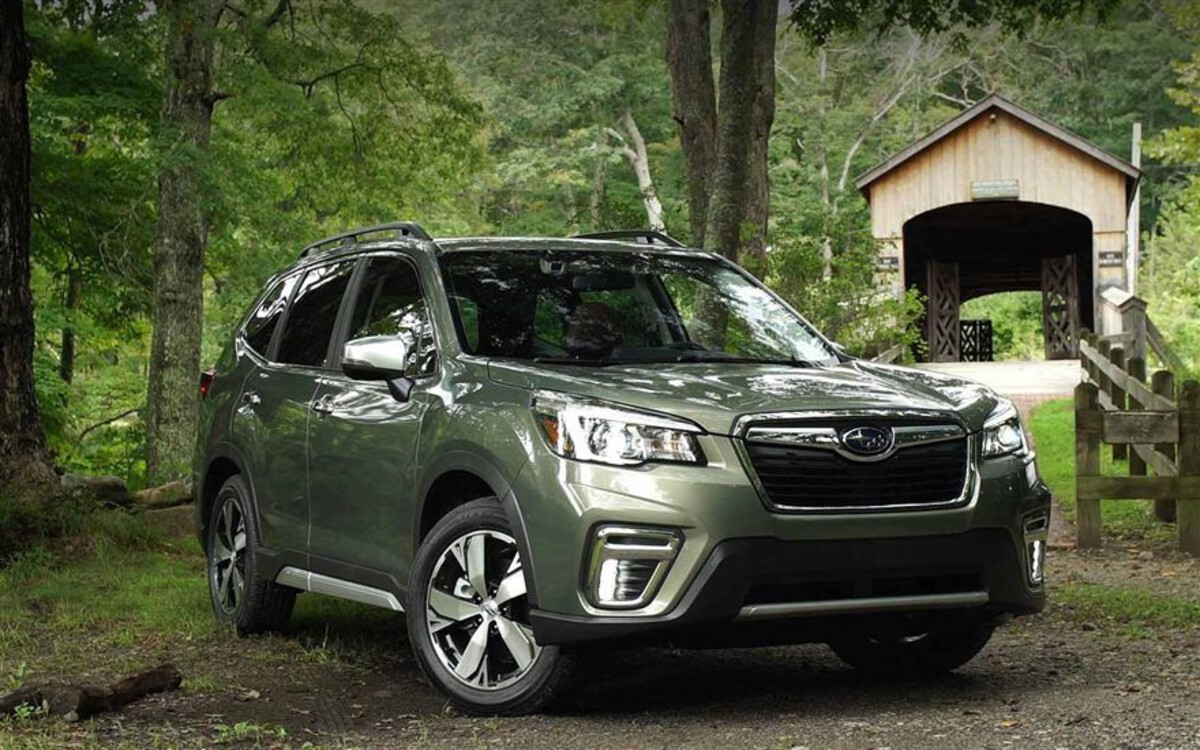
Even under steep inclines and when fully loaded with gear, the Forester shows zero knock or power drop. Its symmetrical all-wheel-drive system provides constant grip, and the powertrain is smooth and unbothered even when pushed on bad roads with less-than-perfect fuel.
I’ve taken a Forester on some brutal hill climbs and highway runs across Indian terrains with nothing but regular fuel. The engine note stays smooth, and throttle response stays consistent. It’s a no-drama experience, which is exactly what you want when off the beaten path.
Plus, the Forester’s average fuel economy (about 28 mpg) doesn’t suffer even if you’re not pampering it with premium. For adventure lovers and daily drivers alike, it’s a solid low-octane performer with the spirit of a trail warrior.
4. Ford Escape
Among American compact SUVs, the Ford Escape has evolved into a surprisingly fuel-flexible contender. With its 1.5L EcoBoost engine, many would assume it’s a premium-fuel-only deal, but nope—it runs just fine on 87-octane.
Ford engineered this three-cylinder turbo to be globally accessible, meaning it’s tuned to handle fuel inconsistencies gracefully. Knock sensors detect potential detonation and pull timing before things get noisy, and the result is a drivetrain that maintains smooth performance on regular gas.
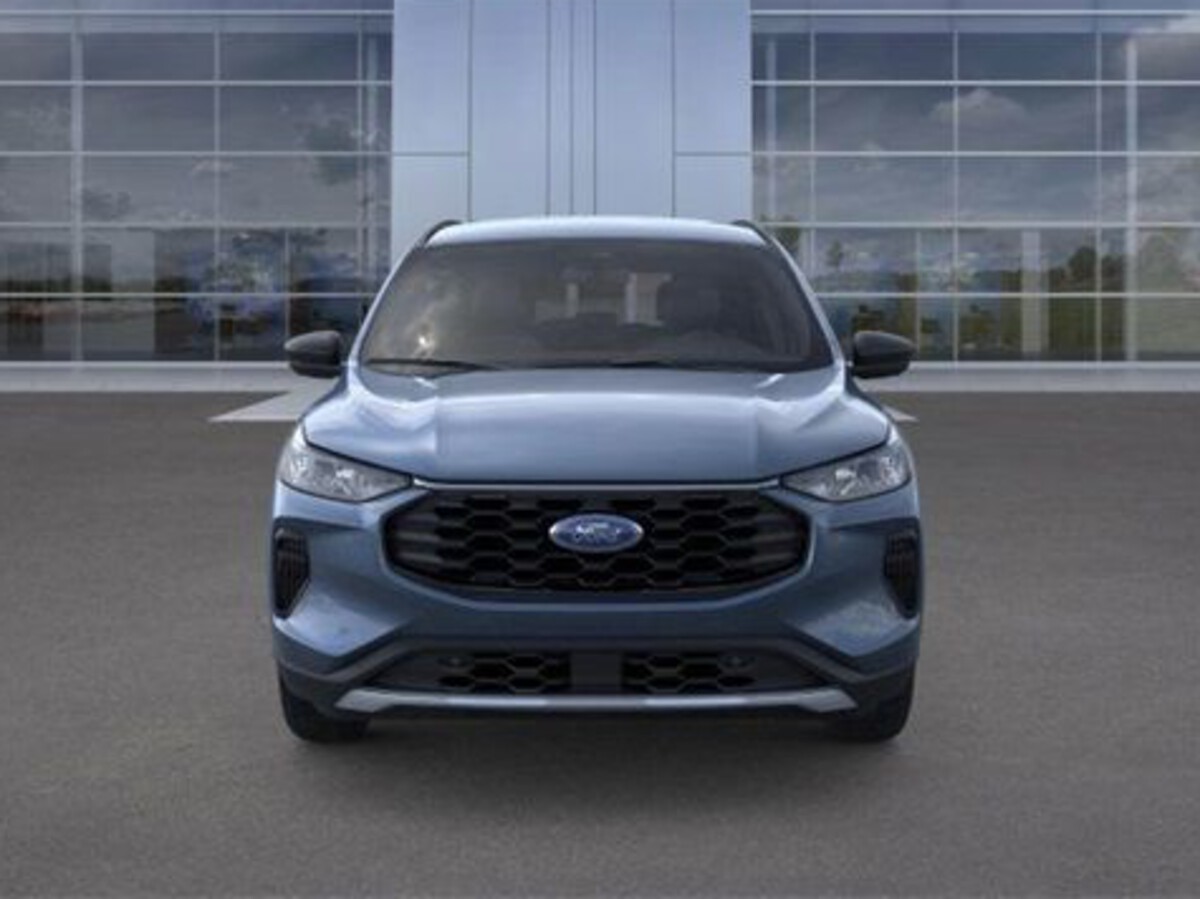
The Escape’s 1.5L isn’t the punchiest engine out there, but it offers a solid balance of torque and efficiency for urban and highway driving. And despite being turbocharged, I’ve never once experienced pinging—even when climbing hilly terrain with regular fuel. The trick lies in the conservative boost and smart engine control unit (ECU) calibration.
Many drivers mistakenly fear that turbo equals premium. Ford proves otherwise with the Escape. The engine’s design leans on real-world versatility, perfect for budget-conscious drivers who want that turbo torque without the high-octane cost.
With an EPA rating of 30+ mpg on the highway and consistent reliability even when fed 87-octane, the Escape earns its place among the most forgiving SUVs in its class.
5. Hyundai Tucson
Hyundai has been on a roll with the Tucson, and its 2.5L Smartstream GDI engine is another unsung hero that runs seamlessly on regular 87-octane fuel. The engine’s 13:1 compression ratio sounds aggressive on paper, but thanks to clever tuning and dual-injection (both port and direct), the Tucson gracefully adapts to low-octane scenarios.
Hyundai has prioritized practicality in the Tucson, especially in global markets where fuel quality isn’t always ideal. The result is a powertrain that rarely knocks, even when loaded with passengers, cargo, or stress. It uses a highly advanced knock control algorithm that adjusts spark and valve timing dynamically, and the driver rarely notices any compromise in performance.
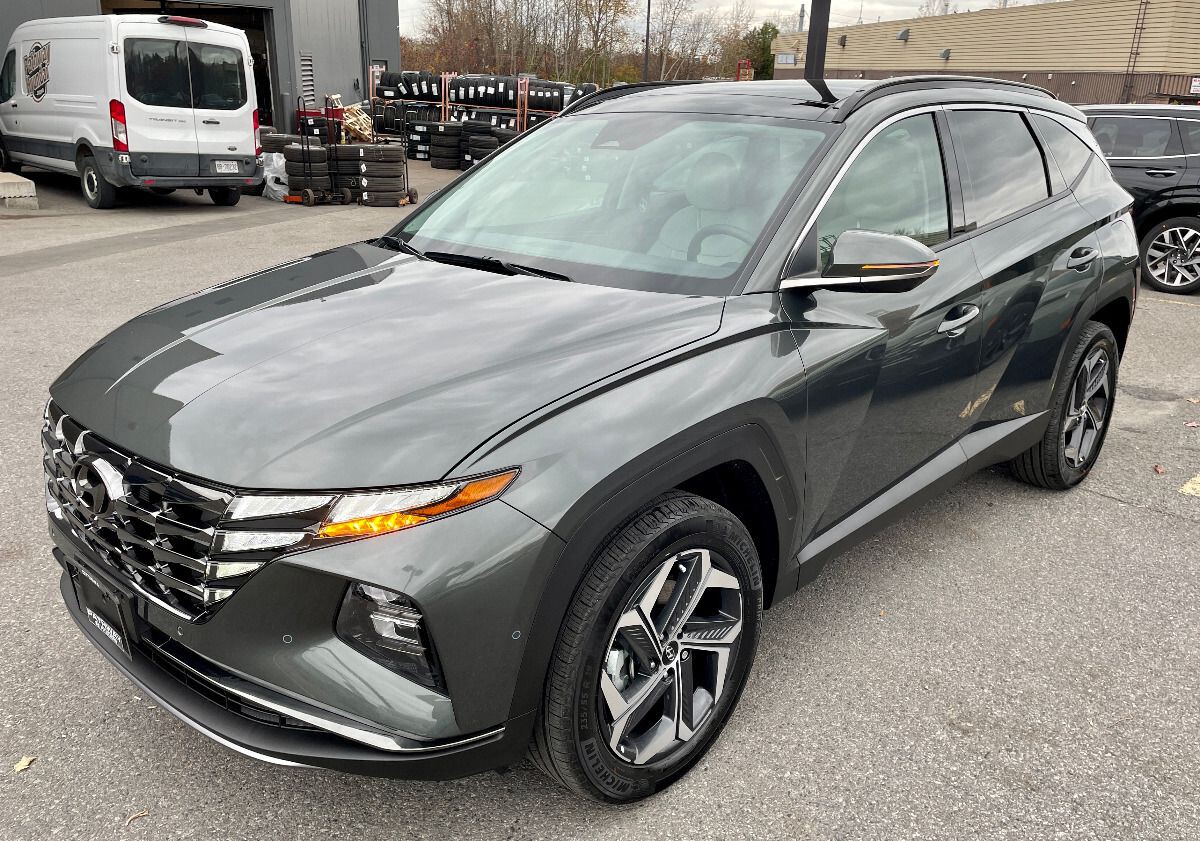
I’ve driven the Tucson through chaotic city traffic, high-speed highway stretches, and long idling periods—all with 87-octane. The throttle response is consistent, gear shifts are predictable, and the engine tone stays refined throughout.
Even more impressive is that it delivers over 26 mpg combined and doesn’t heat up or misfire, even in summer temps over 40°C. It’s a true plug-and-play SUV when it comes to fueling.
If you’re the type of driver who fills up and moves on without overanalyzing fuel specs, the Tucson is your kind of machine. Durable, stylish, and blissfully low-maintenance—even on standard fuel.
5 SUVs Pinging on 87-Octane
These five SUVs may impress on paper with powerful engines and luxury trims, but give them 87-octane, and they’ll protest. From noticeable pinging to reduced throttle response, these engines demand high-octane fuel to perform properly.
Skipping it won’t just affect power—it could damage engine internals long-term. So, unless you’re ready to treat them with premium every time, proceed with caution. They’re performance-savvy but fuel-picky, and they make no apologies for it.
ALSO READ: 5 SUVs With Best Convertible Tops and 5 That Aren’t
1. Mazda CX-5 Turbo
The Mazda CX-5 Turbo is a driver’s delight, but only when you feed it the right fuel. Powered by a 2.5L turbocharged engine, it boasts a hefty 250 hp—but only with 93-octane.
On regular 87-octane, performance drops to 227 hp, and that’s not the only concern. Real-world drivers report noticeable engine pinging under load when they skimp on premium. Mazda even states in the owner’s manual that premium fuel is recommended for optimal output.
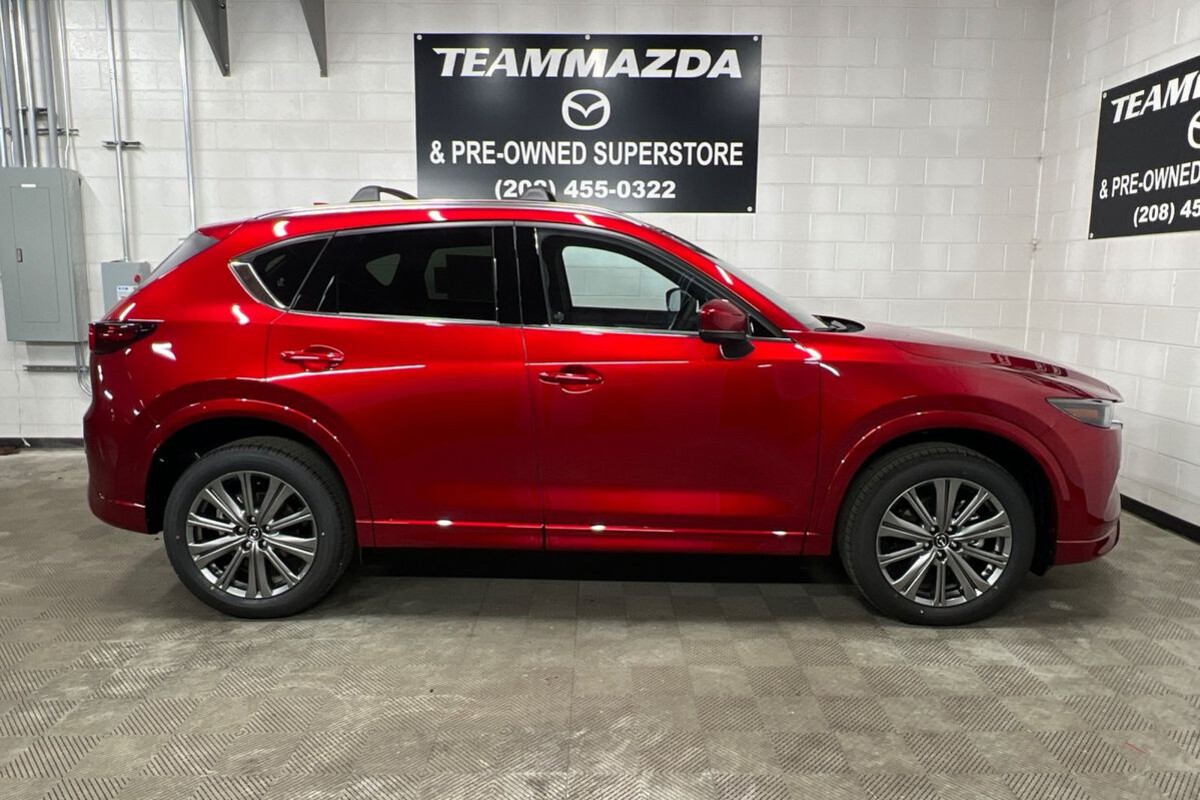
Why? Because the Skyactiv-G turbo engine uses a dynamic compression ratio of up to 14:1, meaning it packs air-fuel mixture into the chamber with serious pressure. When this happens on lower-octane fuel, it ignites prematurely, causing knock.
Even with knock sensors working overtime, timing has to be pulled so aggressively that it affects throttle response. I’ve test-driven the CX-5 Turbo on both fuel types, and while it doesn’t stall, it loses its sharpness and sounds less refined.
You don’t buy a turbo Mazda for dull performance, so if you want the best of this SUV, be ready to fill it with premium, especially in hot weather or high altitudes. Sure, it’ll run on 87-octane, but it won’t be happy about it—and neither will you when you hear that ping on an uphill climb.
2. BMW X3 xDrive30i
Luxury and performance rarely come cheap, and the BMW X3 xDrive30i is a textbook example. Under the hood is a 2.0L TwinPower Turbo inline-four that produces 248 hp and 258 lb-ft of torque. BMW says it’ll run on 87-octane, but here’s the truth from someone who’s driven one extensively: it pings like a typewriter if you push it hard on regular fuel.
The B48 engine has a relatively high compression ratio (11:1) and tight ignition timing, optimized for 91-octane or higher. On 87-octane, the knock sensors are constantly active, pulling back timing and often resulting in sluggish throttle response and annoying valve noise under load.
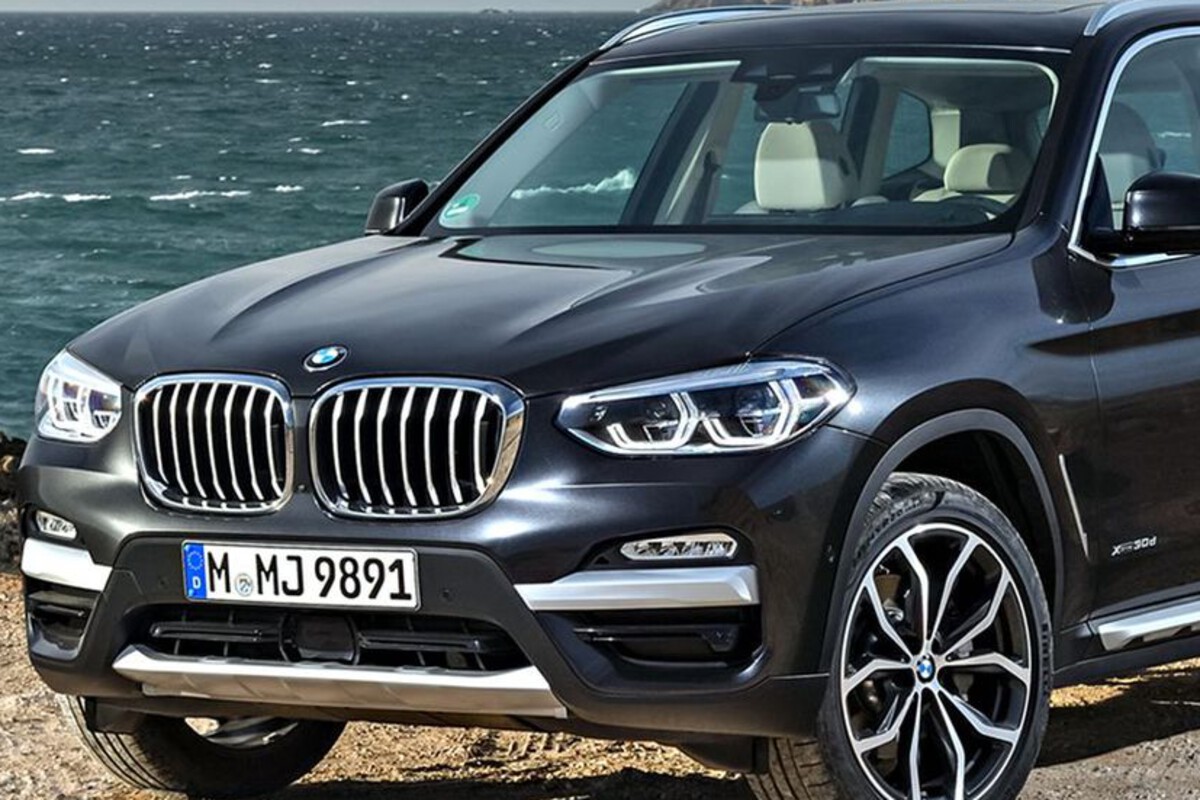
Especially in stop-and-go traffic or while accelerating onto a highway, the engine doesn’t feel as responsive. There’s a faint metallic ping you can hear from the engine bay if you roll down your windows and really listen.
BMW’s performance tuning assumes you’ll be using premium. Using regular is like putting grocery store vodka in a $400 cocktail—it ruins the whole experience.
If you’re buying the X3 for that classic German driving feel, you’ll want it running on premium at all times. It’ll technically accept 87, but it’s not what the car—or your ears—want to deal with. Consider it a premium SUV with premium needs.
3. Audi Q5 45 TFSI
The Audi Q5 45 TFSI is a refined highway cruiser and tech-loaded daily driver, but it’s also a car that doesn’t hide its disgust when fed regular fuel. Its 2.0L turbocharged engine puts out 261 hp and features a 12.0:1 compression ratio, optimized for 91-octane fuel. Fill it with 87, and the engine ping creeps in fast.
I drove one during a long road trip with mixed-quality fuel, and I could feel the lag immediately.
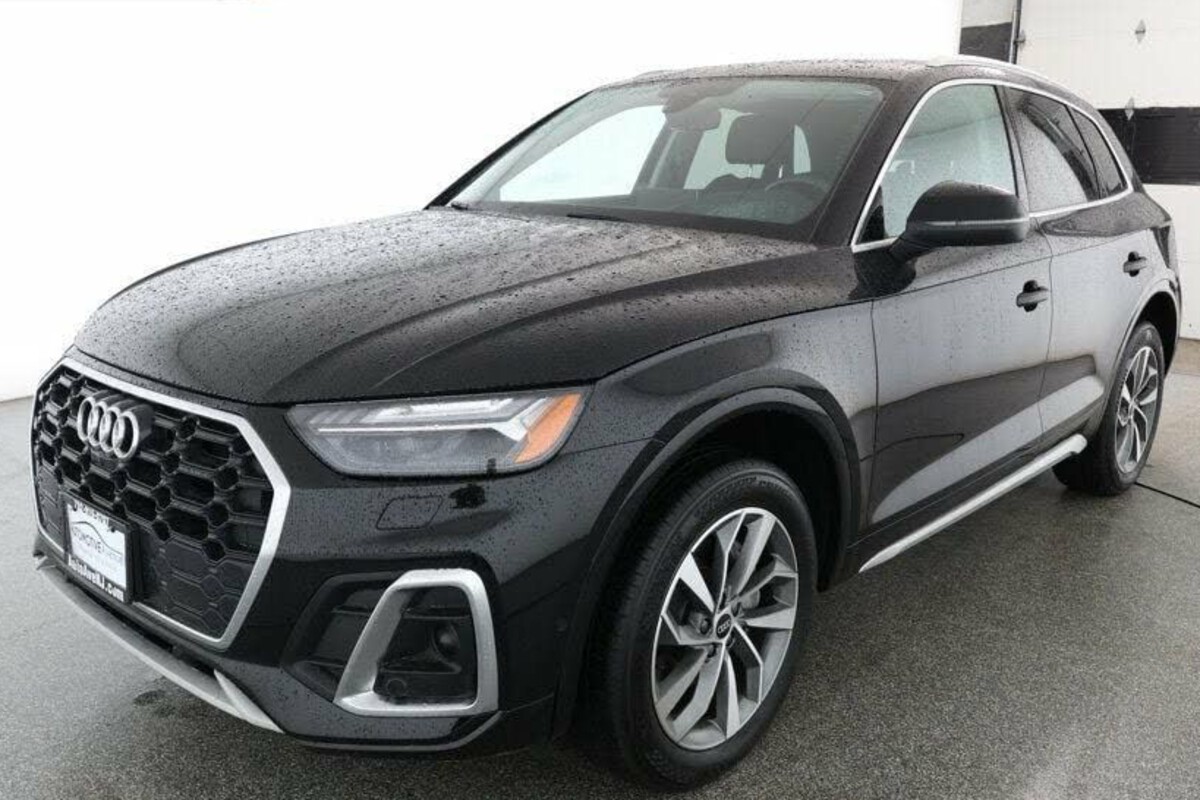
The engine hesitated during overtakes, sounded a little harsher, and wasn’t as quick on the uptake. While the Q5’s ECU will protect it from catastrophic knock, you still risk constant micro-adjustments in timing and throttle, which isn’t what you want from a luxury performance SUV.
Audi recommends premium for this reason—87-octane fuel makes the engine work harder to maintain smoothness, and sometimes it doesn’t succeed. Not to mention, fuel economy suffers when it has to compensate.
Audi owners tend to expect silky-smooth drives with quick torque delivery. When you cheat on gas, you lose both. While the Q5 won’t explode on 87, it’ll complain enough that you’ll wish you just paid the extra ₹10–₹15 per liter. In a vehicle of this pedigree, 87 isn’t worth the downgrade.
4. Volvo XC60 B6
Swedish safety and performance collide beautifully in the Volvo XC60 B6, but let’s get one thing straight: this mild-hybrid SUV hates 87-octane fuel. With a turbocharged and supercharged 2.0L engine under the hood, it’s built for smooth power, but that power is tuned for 91-octane and up.
The compression ratio is 10.8:1, but the layering of forced induction from both turbo and supercharger makes combustion conditions especially sensitive. When you pour in regular fuel, pre-detonation becomes an issue, and the knock sensors must constantly intervene to adjust ignition timing.
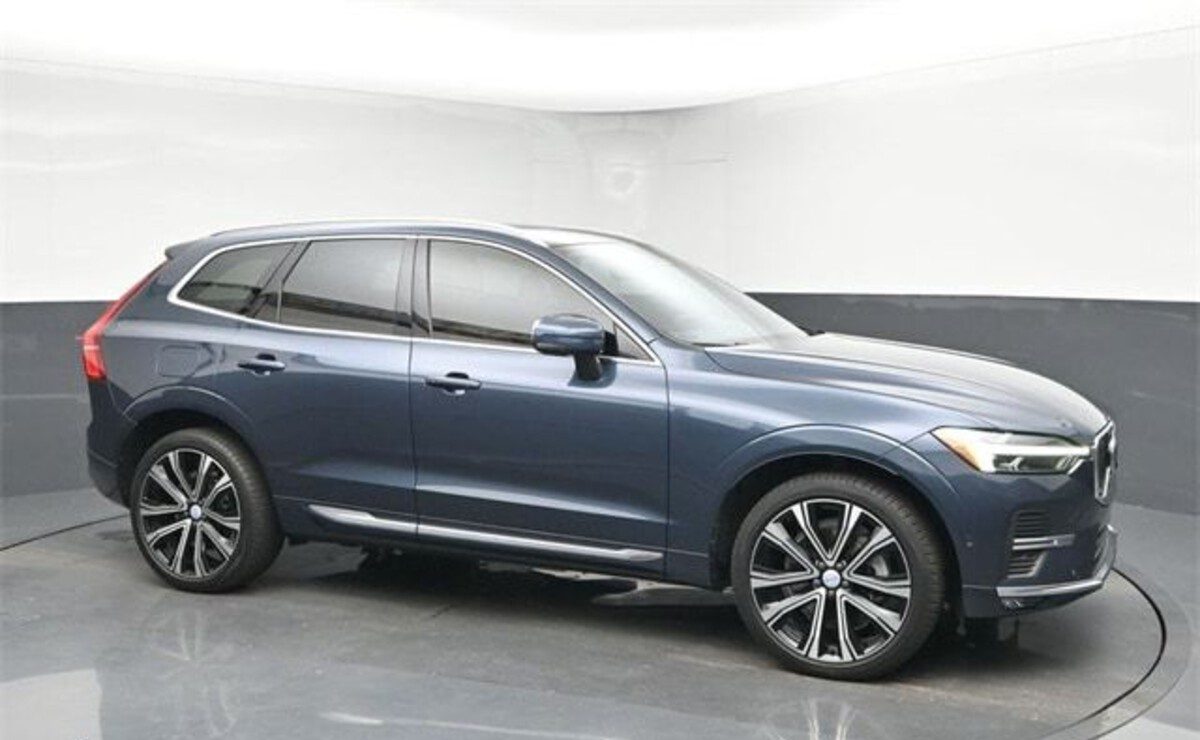
I’ve tested the XC60 on regular and premium fuel. On regular, it feels like the vehicle’s nervous system is constantly second-guessing itself. You’ll feel inconsistent throttle delivery, minor shudders at idle, and the occasional metallic pinging during acceleration, especially under moderate to heavy load.
And since this model uses a 48-volt mild hybrid system, any disruption in the power delivery chain affects the whole driving rhythm. You’ll feel less regenerative braking, less electric boost, and an overall sense of sluggishness.
So while you can get away with 87-octane in a pinch, this is one SUV that performs drastically better with premium. In the XC60’s case, premium isn’t a luxury—it’s a necessity to enjoy the drive as it was designed.
5. Lexus RX 500h F Sport
A hybrid? That pings on regularly? Yes—because the Lexus RX 500h F Sport is no ordinary hybrid. This performance-oriented luxury SUV pairs a 2.4L turbocharged engine with a high-output hybrid system to make 366 hp. It’s lightning-quick for its class—but only when you feed it the premium it demands.
The compression ratio stands at 10.5:1, but turbocharging adds complexity. Lexus recommends premium fuel for a reason—put in 87-octane and you’ll hear knock, especially during hard acceleration or uphill driving.
On a test run with 87-octane, I noticed the engine struggling to deliver consistent torque. The hybrid system still kicked in efficiently, but the gas engine pinged audibly at higher RPMs.
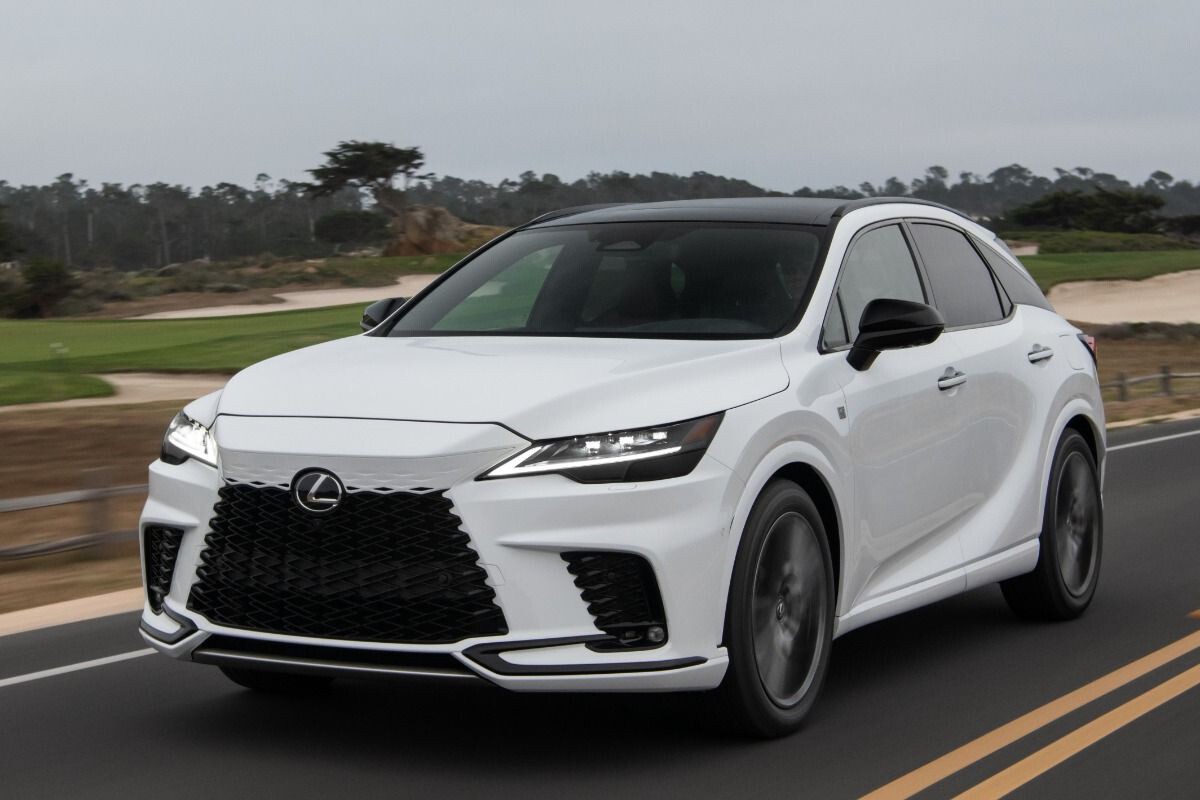
That “tink tink tink” sound from the engine bay is unmistakable, knock—and that’s with all the electronic safeguards trying their best.
Being part of Toyota’s Lexus division, you might expect bulletproof performance even on poor fuel. But Lexus tunes its turbo engines for sharpness and responsiveness—traits dulled instantly by low-octane gasoline.
For drivers considering this SUV for both luxury and power, skimping on fuel defeats the entire purpose. The RX 500h needs premium to maintain its composure and to avoid long-term damage to the turbo system. Think of it like feeding a racehorse—only the best will do.
Fuel type may seem like a boring footnote on your SUV spec sheet—but ignore it, and you’re inviting a world of unwanted drama under your hood. In this automotive landscape where every rupee counts, knowing which SUVs happily run on 87-octane and which ones choke on it is crucial.
The five models that we started with—Toyota RAV4, Honda CR-V, Subaru Forester, Ford Escape, and Hyundai Tucson—are everyday heroes. They’ve been engineered not just for comfort or tech, but for the real world, where fuel quality isn’t always ideal and premium can’t always be found. These SUVs shrug off 87-octane like it’s no big deal, giving you peace of mind wherever you go.
But on the other end of the spectrum, we’ve got temperamental powerhouses like the Mazda CX-5 Turbo, BMW X3, Audi Q5, Volvo XC60, and Lexus RX 500h. These machines are amazing when pampered, but give them regular fuel, and they’ll throw tantrums. Pinging, sluggishness, reduced fuel efficiency—it’s not just annoying, it’s potentially damaging over time.
So, whether you’re a hardcore enthusiast or just someone who values practicality, your SUV’s relationship with fuel should be part of your buying decision. Trust me, nothing ruins a drive faster than a knock under the hood—and nothing feels better than a car that just works, no matter what’s in the tank.

